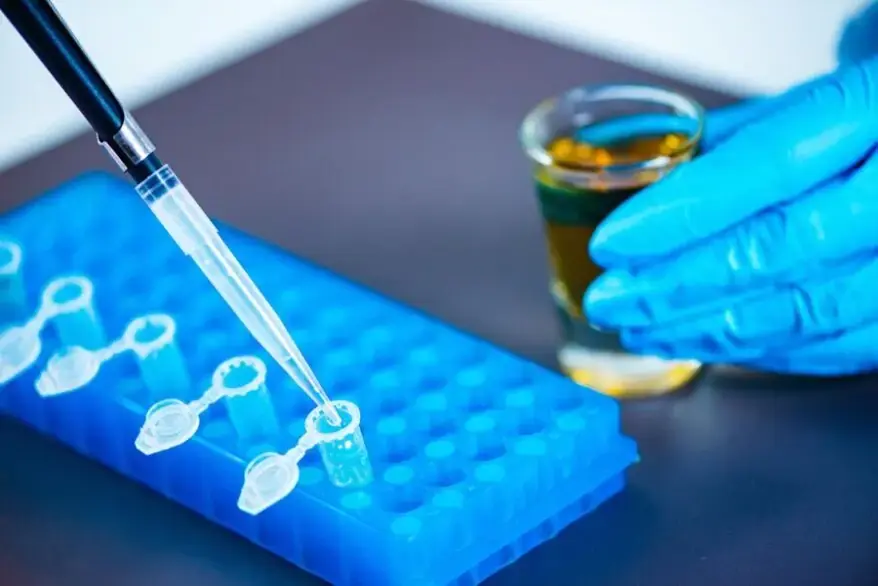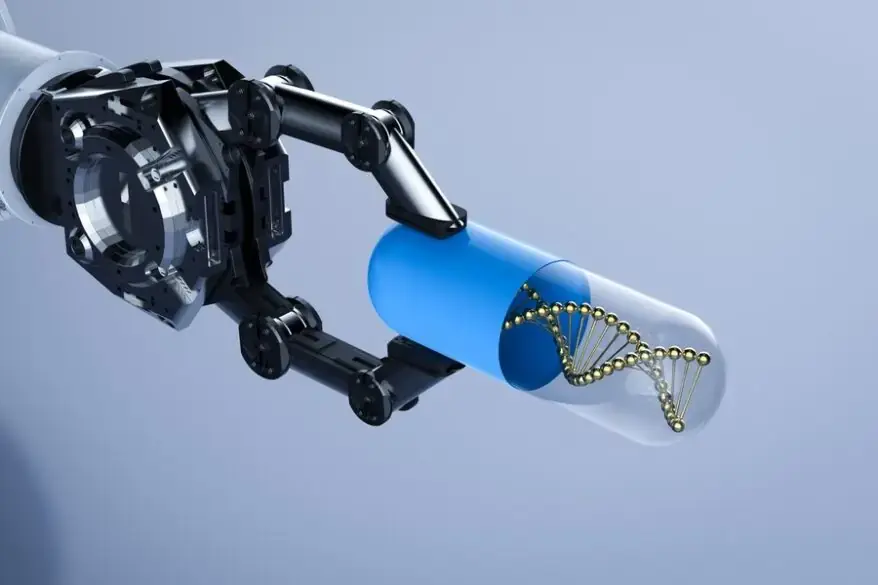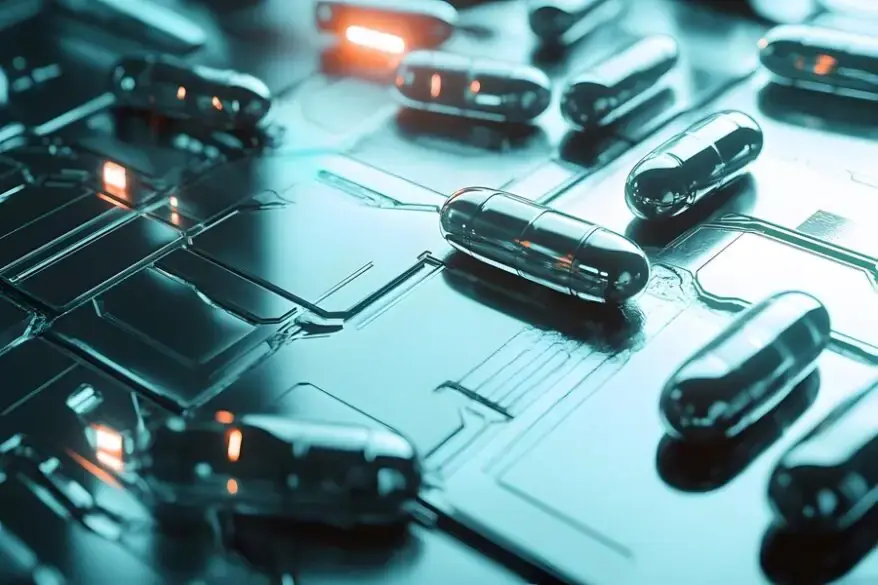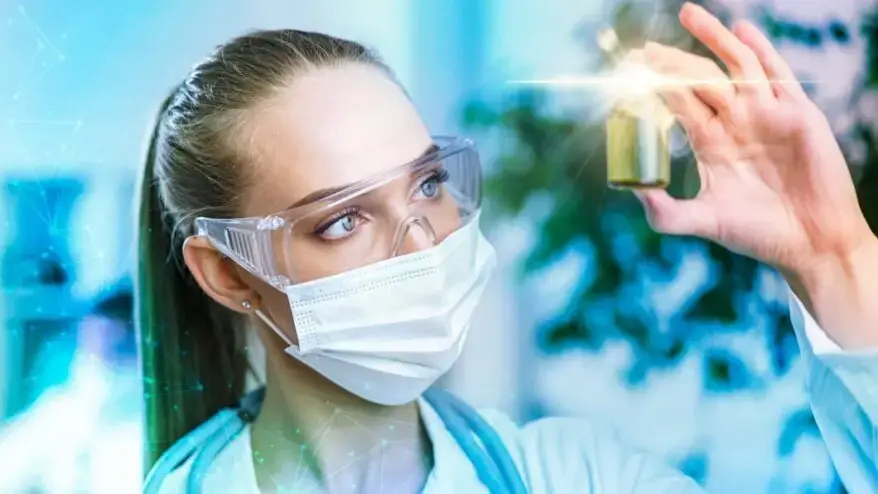NANOTECHNOLY is the Changing the Healthcare and Medicine Industries: The Power of Small
The field of nanotechnology studies and designs ways to change matter on the nanoscale, which is the size range of one to one hundred nanometers. It’s one billionth of a meter, which is about three to five atoms wide. It’s important to remember that a hair is only 50,000 to 100,000 nanometers thick and an atom is only 0.1 to 0.5 nanometers wide. When things are this small, they have new qualities and behaviors that can be used in many ways. Nanotechnology could change a lot of different areas and industries, particularly with the application of nanotechnology in medical fields, like medicine, energy, electronics, materials science, and environmental science.
Climate change, pollution, disease, and poverty are some of the most important problems that need to be solved on a worldwide scale.
Nanomaterials
Nanotechnology has slowly but deeply changed many areas of life around the world. Nanoscale markets have grown fast in the last ten years, especially in developed countries. This growth shows how quickly new technologies are being created. “Nanoscale” means things that are incredibly small, often a billionth of a meter. Nanotechnology is no longer a new idea; it has become a tool that everyone uses, including nanotechnology in medical applications. Nanomaterials have come in four stages and are used in many different areas of science.

Nanoscience is making great progress very quickly. Nanoscale manufacturing is a way of making things that are extremely small, at the level of atoms and molecules. Classical and quantum physics can talk to each other through nanotechnology. The farming industry uses this system to make nanomedicine and nanotools for treatment and diagnosis. The medical industry also uses this system. Nanomedicines and testing kits now help stop diseases doctors couldn’t cure before. Nanomedicines target specific areas in the body, while testing kits help detect illnesses, making treatment easier and keeping people healthy.
The role of nanotechnology in medical diagnostics is revolutionary.
Nanotechnology in Engineering Field
Nanotechnology is used in many parts of medicine. It helps in different medical processes. Nanoscale computers are very small computers. These tiny computers are important for making new medical tools. Some of these tools are diagnostic surfaces, sensor technologies, and sample cleaning kits. Nanotechnology makes it possible to create devices that can work, react, and change inside the body to help find and treat diseases early on. It can also help with tissue engineering, cell treatment, and regenerative medicine. Clearly, the integration of nanotechnology in medical tools is transformative.

New technologies are being made, such as “lab-on-a-chip” which can be used in nanomedicine, diagnostics, dentists, and cosmetics.
Nanotechnology can help fight antimicrobial diseases and make genomics and proteomics studies better. Nanotechnology can also combine medicine, programming, nanoengineering, and biotechnology to make useful things like surgical nanorobotics, nano bioelectronics, and new ways to send drugs.
In particular, the progress made in nanocomputers and related devices can control how fast mechanical processes work and what results they produce. These tools help doctors and dentists perform procedures accurately. Small tools and robots, called nanomachines, can assist doctors in performing precise tasks inside cells. Nanodevices are very tiny tools. They are now being used more often to help diagnose medical conditions. They help doctors understand what causes certain diseases. Doctors can also use them to choose the best treatments. These devices make it easier to find diseases through in vitro testing. In vitro testing means running tests outside the body, like in a lab.
Nanodevices
Nanodevices can check the body for any problems, toxins, or cancers that might be happening while the person is still alive. Moreover, in Greek medicine, people have used metals for many years to cure infections. However, nanotechnology in medical has introduced a new way to enhance these traditional methods. For instance, very small silver nanomaterials can effectively heal burn scars. They can enter the cells easily.
Nanomaterials are tiny substances.
They are used in regenerative medicine to help the body heal or grow tissues again. They help with medical procedures like cell therapy, tissue engineering, and gene sequencing. These processes help heal and treat cells, tissues, and organs.

Moreover, nanotechnology in medical not only helps eliminate harmful microbes like bacteria and viruses but also enhances overall hygiene and safety. Nanoscale technologies can find out what these germs can do at the microscopic level. Nanotechnology research is opening new doors for treatments. Scientists are working on bone graft technology to help muscles and bones grow back.
Nanoscaling: Nanotechnology in medical
Nanoscaling is another way that drug delivery technologies are thinking about how to improve the stability and pharmacological profiles of drug delivery on a big scale. Nanorobots make it possible for drugs to move through the bloodstream and get to the right places. Scientists are working on wireless nanoscale surgeries using tiny robots called nanorobots. These surgeries happen inside cells, even inside the cell’s nucleus. They aim to treat cancers that other treatments can’t help. It is possible for these nanorobots to work very precisely.
Nanotechnology gives scientists a chance to make chemicals with very small sizes, molecular diagnostic kits, and targeted drugs that can help find and treat cancer. Scientists are trying out different ways to attach nanoparticles to current drugs in order to make the drugs more specific and easier to target in organs. The ongoing research in nanotechnology in medical innovations shows promising results.
Nanomedicine has hundreds of different chemicals that fight cancer.
Additionally, to stay updated with the latest developments in STEM research, visit ENTECH Online. Basically, this is our digital magazine for science, technology, engineering, and mathematics. Furthermore, at ENTECH Online, you’ll find a wealth of information.






